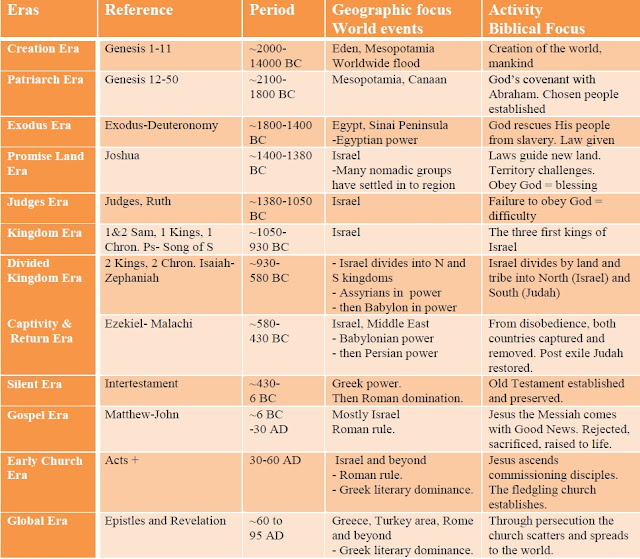The Big Idea: How to personally
start celebrating Advent at home the four weeks before Christmas.
Holidays seem to get introduced earlier and earlier each year. My car radio played an all Christmas radio station mid-October! This year Advent begins on November 28th. Advent occasionally kicks off in November (four Sundays before Christmas).
Advent is the season leading up to Christmas. Advent wreath are used in some churches. If you want to try it for yourself, here are some practical suggestions. It’s a great benefit to find practical ways to reflect on God’s Word and what really matters.
Why Advent Helps You Get Closer to God
Any tool that can help us focus on God’s great love for us through His living Word is gold! Advent is a
Latin word meaning come/coming. It focuses on:
- The coming of Jesus into the world.
- His second coming.
Though this tradition began in early church history it has helped many in our modern time find Peace in the holiday frenzy. It’s designed to lead our focus toward
the spiritual wonder and joy of Christ.
What you need for your starter kit.
Five candles.
- Traditional- 3 are purple, one pink Some add a center white candle.
- Optional- 4 red or green candles with a center white one.
Design from a wreath or circle. Advent holders are sold (optional). DIY guideline.You could take a Christmas wreath of almost any kind and place 4 candle holders on the inside or outside of the circle (or pillar candles).
Find a simple devotional on Advent. Some follow a devotional thought through the first 24 days of December. Some light candles at Sunday dinner with the family and reflect on the theme of the week (see below). There are ways to incorporate Advent into activities with children!
Excellent Free 25 Day Devotionals
From John
Piper. download the electronic one for free. Good News of Great Joy
From Stuart
and Jill Briscoe. Meet Him at the Manger
CRU –sign up
to receive. Making Jesus Your Solid Foundation
Billy Graham –sign up to receive. Arrival: Perparing to Celebrate Christ's Birth
Sunday themes:
1. First
Sunday - The Prophecy Candle symbolizes hope. Throughout the Old Testament
prophesies brought hope for the Messiah to bring something better.
2. Second
Sunday – The Bethlehem Candle represents faith. The minor prophet Micah
foretold Bethlehem as the birthplace of the Messiah. King David was also born
there. It leads us to look to the king of Kings in faith.
3. Third
Sunday – The Shepherd’s Candle stands for joy. The shepherds were told of this
great joy for all peoples. This is the pink candle of joy.
4. Fourth
Sunday – The Angel’s Candle is the candle of peace. They announced “Peace on
earth, goodwill to all.” Jesus brings
people to God and brings people together. Reconciliation is peace.
5. Christmas Day – (Optional) The Christ Candle for light and purity lit on Christmas. It is usually white.
_______________________“Amen. Come Lord Jesus.” Revelation 22:20
Up Next: What is Prophecy?
Previous post: Unravelling Figures of Speech in the Bible
Note: We have been in the process of going through a Pratical Starter Guide of Inductive Bible Study. We will resume this series in January.
____________________
Reflect:
1. Why do you need a focus of Jesus’ coming this year in December?
2. How might this be a teaching aid for you and your children?
3. What might you get out of this even if you miss a few days or a Sunday due to travel? (Hint- do what you can!)







